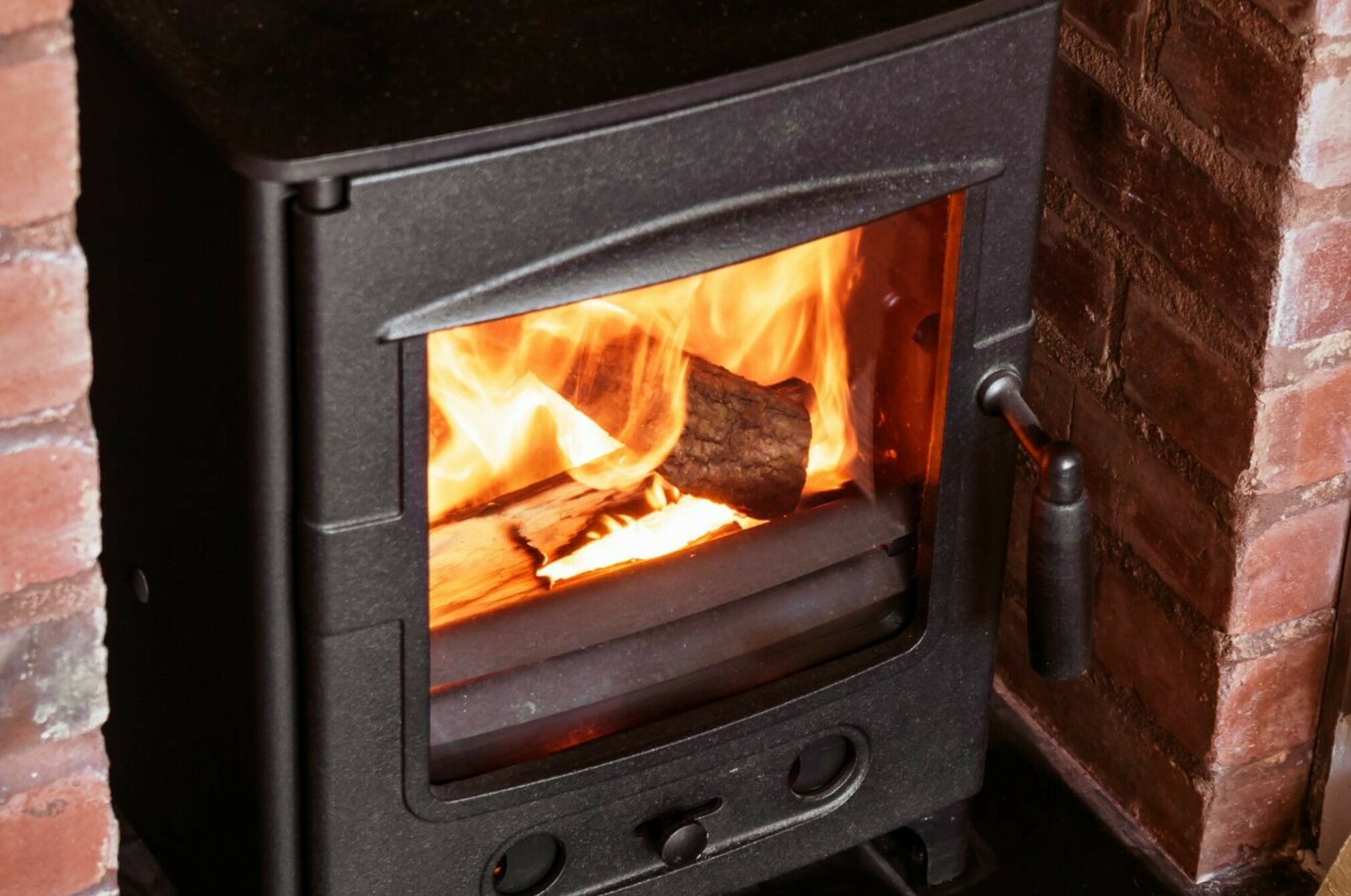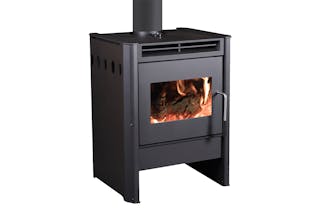Woodburner or pellet burner wetbacks – what you need to know

Ever wondered if a wetback would suit your home? Here’s the key facts to know when considering installing one.
What is a wetback?
A wetback is an accessory for some woodburners and pellet burners that lets you use the fire to heat your water. This hot water is then sent to a hot-water cylinder to store until it’s used. They can be a great way to heat water for your home without using electricity.

Pros
- Save energy costs during winter.
- Two for one heat your home and your water at the same time.
- Paired with a solar hot-water system, you can have low-cost hot water year round.
Cons
- Expensive to install.
- Not all burners can have a wetback fitted.
- Only heat your water during the colder months when you actually use the fire. You’ll need electricity the rest of the time
- Local emissions restrictions may limit what model wetback can be fitted in your area.
Do wetbacks affect burner efficiency?
It depends on the model of woodburner or pellet burner you choose, but a wetback will affect the burner’s efficiency, as the heat removed by the system reduces the room-heating efficiency.
If you live in an urban area, then you will need to install a woodburner that meets National Environmental Standards compliance testing for emissions and efficiency, meaning burners must have emissions of 1.5g/kg or lower and an efficiency of at least 65%. Pellet burners aren’t covered by this standard.
Installing a wetback can cause some models to drop below that magic 65% efficiency mark. But it’s not all bad news. Some burners manage to stay compliant even with a wetback fitted. Check our woodburners assessment to see which models make the grade.
Are wetbacks cost effective?
Cost savings with a wetback aren’t as easy as lighting a fire and watching your savings balance rise before your eyes. To get the optimum savings you would need to be using your burner most of the time during winter, including during the day. For those that spend most of the day or night around home, such as rural users or retirees, this can be a great option, but it’s less economical for urban users.
The time it takes for the cost savings of heating your water via a wetback to cancel out the extra cost it takes to install one is often long and will depend on factors such as whether you’ll need to have your burner remodelled to fit a wetback, whether you already have a wetback compatible hot-water cylinder or have to buy one, and plumber and electrician costs.
This will be different for every household, so do the calculations for your home before considering buying a wetback.
Yet there is a way to make a wetback a good economical choice. If you have a solar off-grid home or a solar hot-water system, this paired with a wetback can offer year-round water-heating savings. You can use the more plentiful sun in summer and spring to heat your water with solar and your wetback in the colder months.
What to think about when considering a wetback
When fitting a wetback, there’s some factors you’ll need to consider upfront.
- Check if your current woodburner or pellet burner can be upgraded to have a wetback fitted. If not, you'll need to replace the burner with a new one at a hefty cost.
- You need a hot-water cylinder for them to work. Check if your current cylinder is compatible with a wetback, and close enough to the burner. Otherwise, you're on the hook to buy and install a new one.
- You won’t use your burner during summer, so your hot-water cylinder will need be capable of operating off electricity during the warmer months.
- You’ll need an expert to fit the wetback, as they often require plumbing and electrical work.
- And importantly, you are likely to need building consent to install a wetback.
All these factors can make retrofitting a wetback in your home a costly, time-consuming process, so the benefits don’t always add up. But if you are designing a new home or extensively remodelling, then it’s a great time to consider one.
We've assessed 143 woodburners.
Find the right one for you.



Member comments
Get access to comment